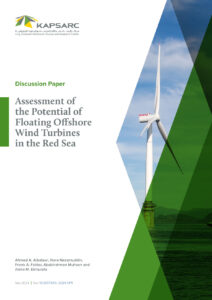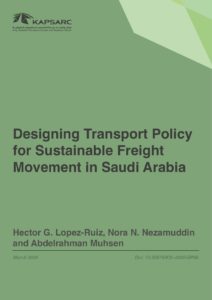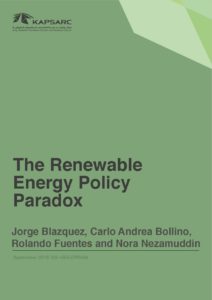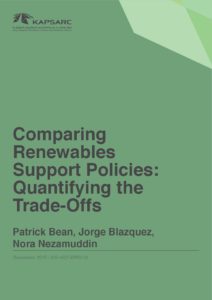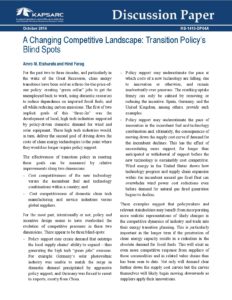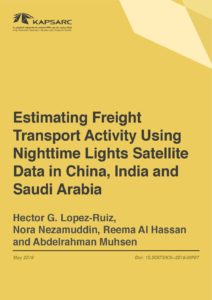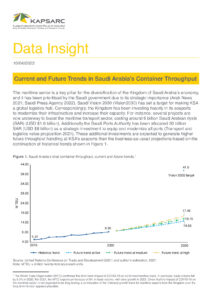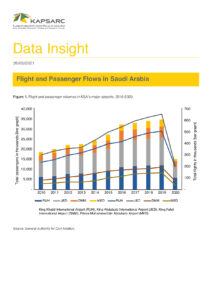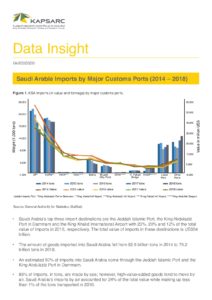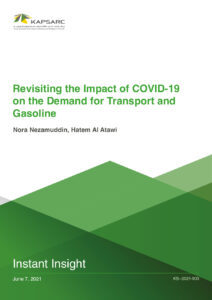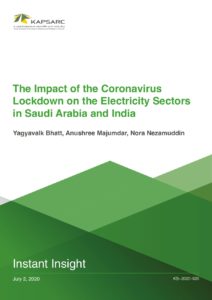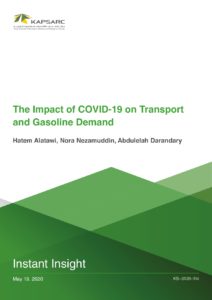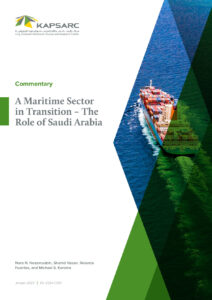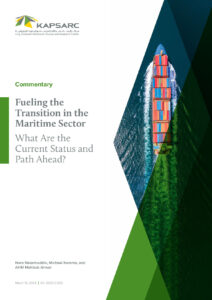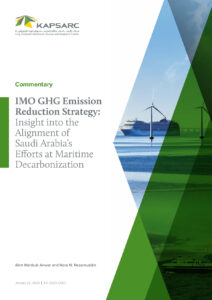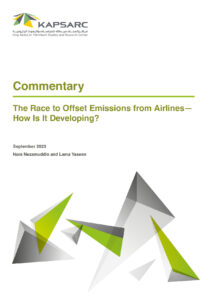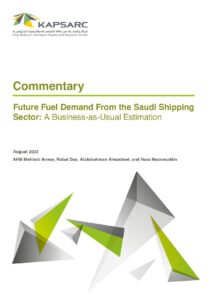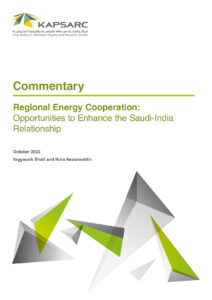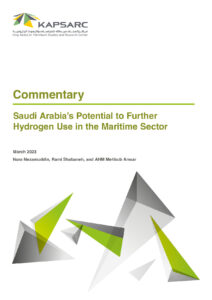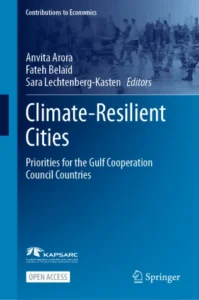Nora is a senior fellow at KAPSARC specializing in transport economics research and energy consumption in the transport sector. Her areas of interest include energy and transport economics, policy analysis, energy transitions, and sustainable transport. She holds an M.Sc. in Maritime and Air Transport Management, focusing on maritime transport economics research, from the University of Antwerp in Belgium and a B.S.B.A. in Business Administration and International Relations from The American University in Washington D.C.
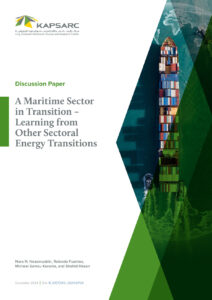
A Maritime Sector in Transition – Learning from Other Sectoral Energy Transitions
The maritime sector currently contributes approximately 2.3% of global CO₂ emissions, with projections suggesting that this share could rise to 10%-13% by 2050, highlighting an urgent need for decarbonization. In response to the potentially catastrophic impacts of climate change, there is increasing support for transitioning the maritime sector to cleaner fuels such as hydrogen and its derivatives to achieve net-zero emissions in the sector. This study explores how lessons from other sectoral energy transitions can accelerate and enhance the maritime sector’s decarbonization process.
9th December 2024
